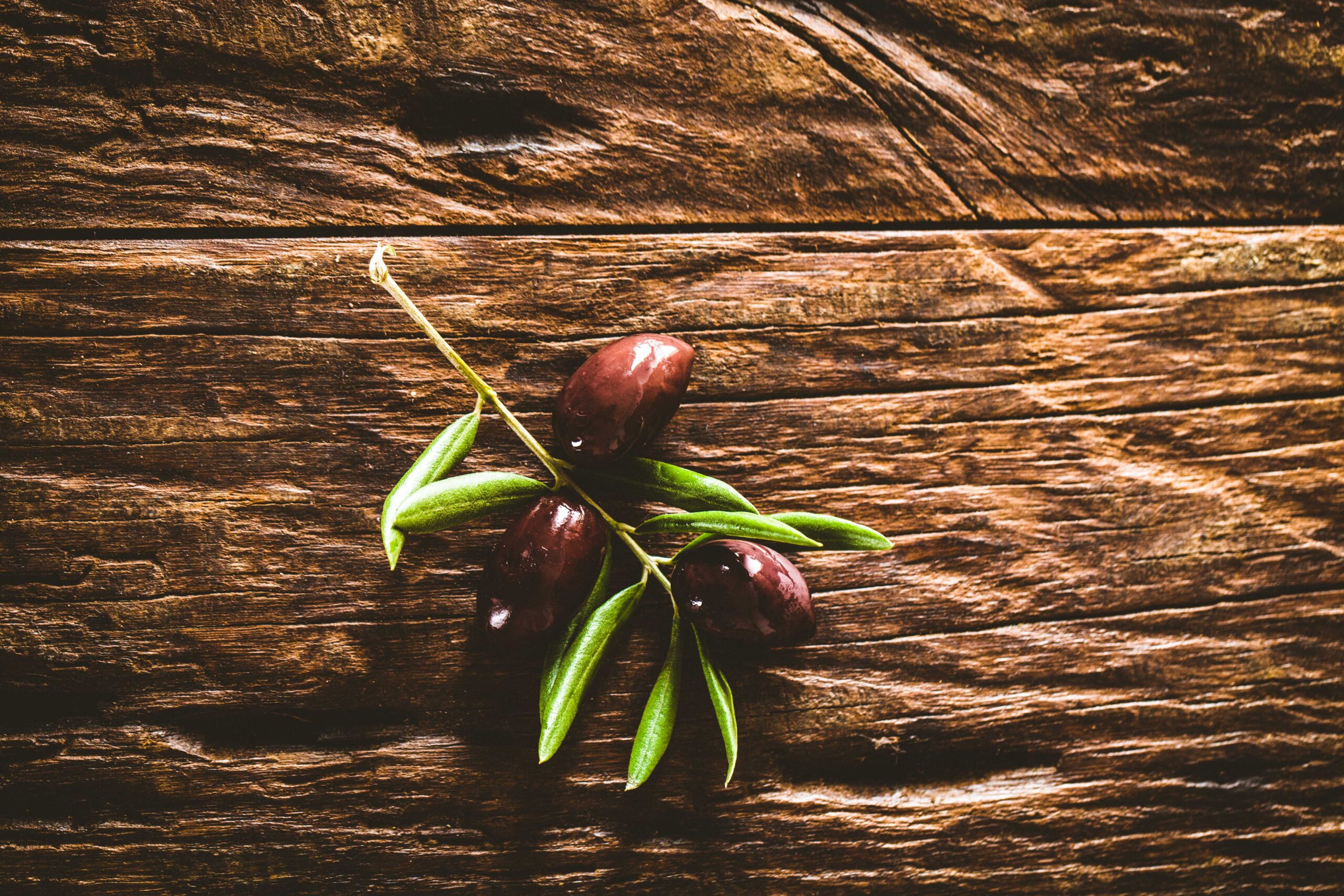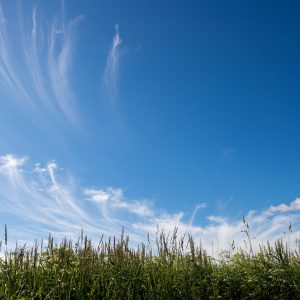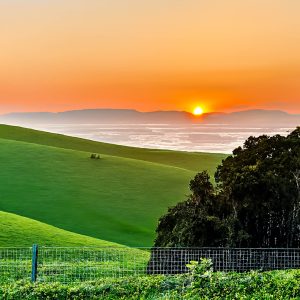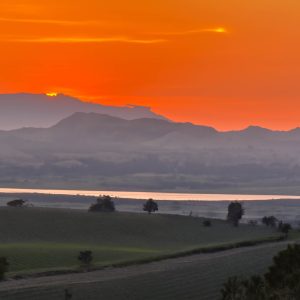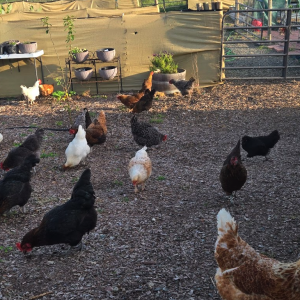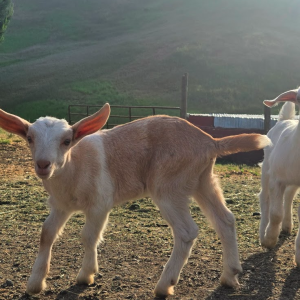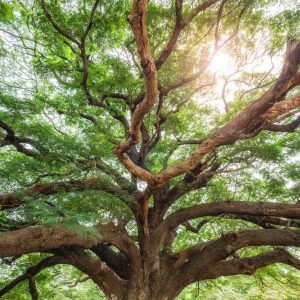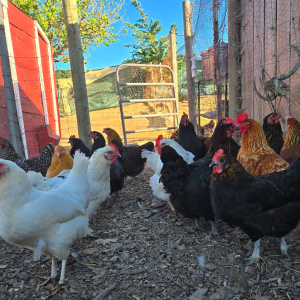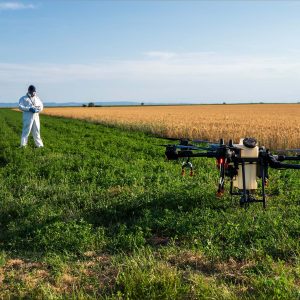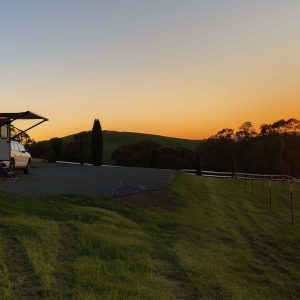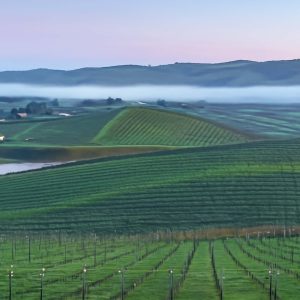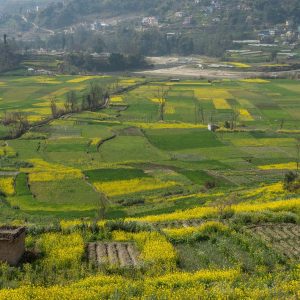Noah and the Olive Branch: A Biblical Symbol of Hope, Renewal, and Divine Promise
The story of Noah and the olive branch is one of the most profound and enduring narratives in the Bible, symbolizing hope, restoration, and God’s covenant with humanity. Found in the Book of Genesis (Genesis 6-9), it tells of a world consumed by wickedness, a great flood sent by God, and Noah’s unwavering faith that ultimately led to a new beginning for mankind.
The Corruption of the Earth and God’s Judgment
According to Genesis, humanity had become corrupt, violent, and morally lost, turning away from God’s ways. Seeing this, God decided to cleanse the earth with a great flood but chose Noah, a righteous and obedient man, to preserve life.
God instructed Noah to build a massive ark, detailing its precise dimensions—450 feet long, 75 feet wide, and 45 feet high—and to gather his family along with two of every kind of living creature. This floating sanctuary would be their refuge as the floodwaters covered the earth.
The Great Flood: Forty Days and Forty Nights of Rain
Once the ark was completed, Noah, his wife, his sons (Shem, Ham, and Japheth), and their wives entered the ark. God Himself sealed the door (Genesis 7:16), and then the skies burst open, the fountains of the deep erupted, and torrents of rain fell for forty days and forty nights.
The floodwaters rose higher than the tallest mountains, swallowing everything in their path. The earth, once full of life, became a vast ocean of destruction. For 150 days, the ark drifted upon the endless waters, with no land in sight. Yet inside, Noah and his family remained faithful, waiting for God’s sign that the storm had passed.
The Search for Dry Land and the Dove’s Journey
As the floodwaters began to recede, the ark came to rest on Mount Ararat (Genesis 8:4). But Noah did not yet know if the land was habitable. He needed a sign from God.
- First, he released a raven (Genesis 8:7), which flew back and forth but never returned, likely resting on floating debris.
- Next, he sent out a dove, but it found nowhere to perch and returned to the ark.
- After seven days, he sent the dove again, and this time it returned with a freshly plucked olive leaf in its beak (Genesis 8:11).
Noah knew instantly that the earth was healing—life had begun to flourish again, and God’s judgment had passed. The olive leaf was a divine message of renewal, resilience, and peace.
One week later, Noah released the dove once more, and this time, it did not return—a final confirmation that the earth was ready for a new beginning.
God’s Covenant: The Rainbow and the Promise of Peace
After stepping onto dry land, Noah built an altar and offered sacrifices of thanksgiving to God (Genesis 8:20). In response, God made a sacred covenant with Noah and all future generations:
- Never again would He destroy the earth by flood.
- As a sign of this eternal promise, God placed a rainbow in the sky (Genesis 9:12-16), a symbol of His mercy, faithfulness, and grace.
From that moment forward, the olive branch and the rainbow became symbols of hope, renewal, and peace—reminders that even after destruction, God’s love endures, and new beginnings are always possible.
The Olive Branch: A Timeless Symbol of Peace and Restoration
The olive tree has deep roots in biblical history. It is one of the most resilient trees, thriving in harsh conditions and capable of regrowing even after being cut down. This resilience makes the olive branch a powerful symbol of peace, endurance, and God’s unwavering presence.
Throughout history, the olive branch has been used:
- In ancient Greek and Roman culture, where it represented victory and reconciliation.
- In Christian tradition, as a sign of God’s grace and the Holy Spirit.
- In modern diplomacy, where it remains a universal symbol of peace and goodwill.
The story of Noah and the olive branch reminds us that after every storm, there is hope. No matter how dark the trials, God’s promise of renewal remains—just as He sent the dove with the olive leaf, He continues to offer us signs of healing, redemption, and peace today. 🌿✨

